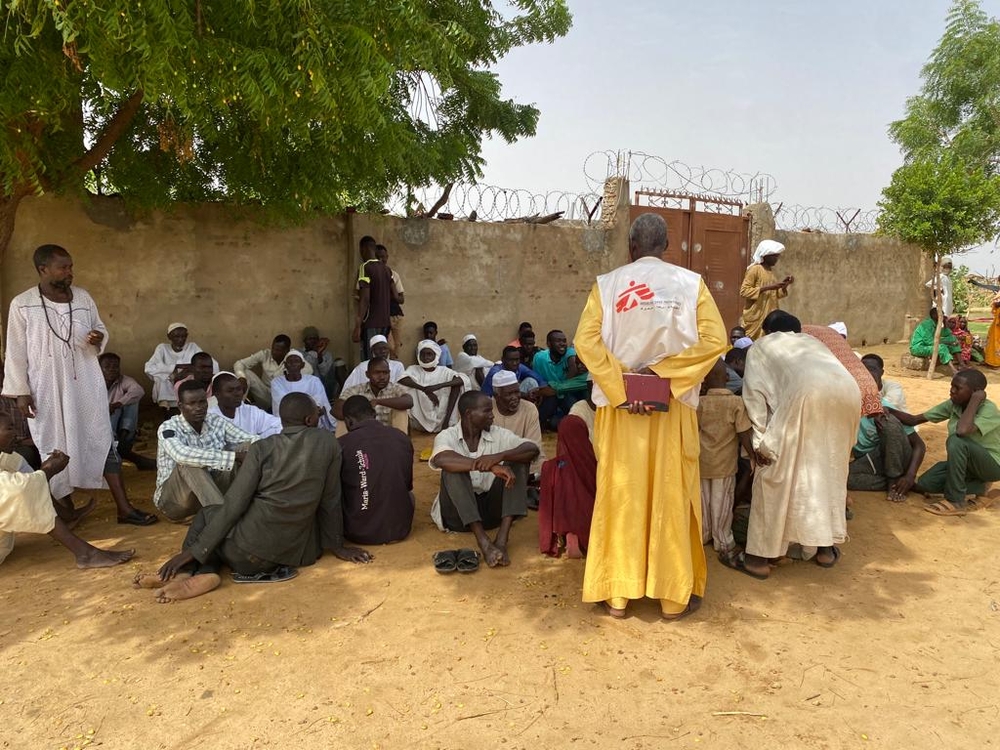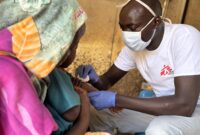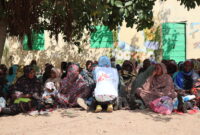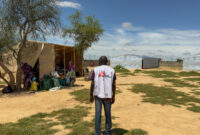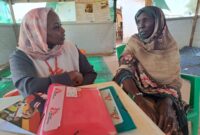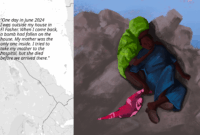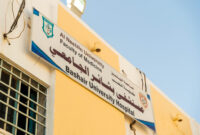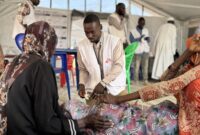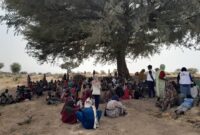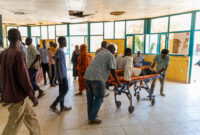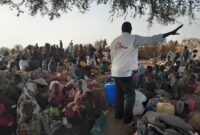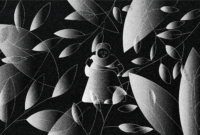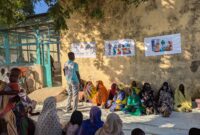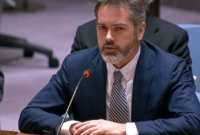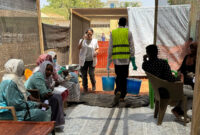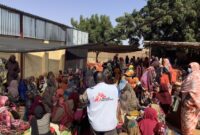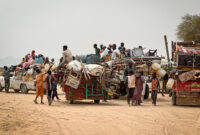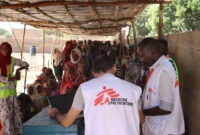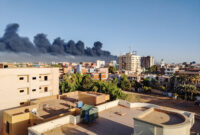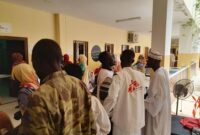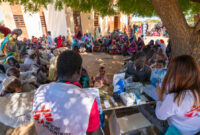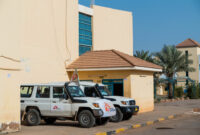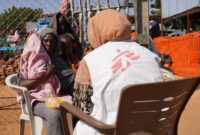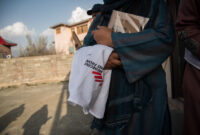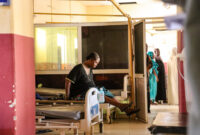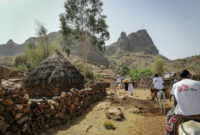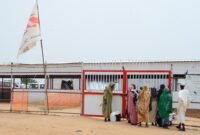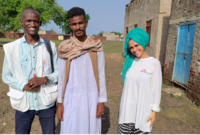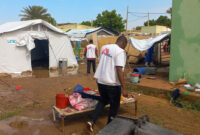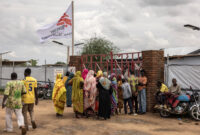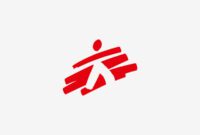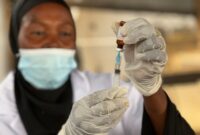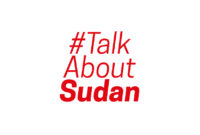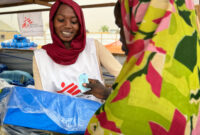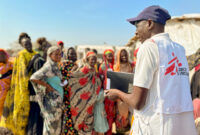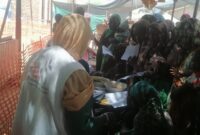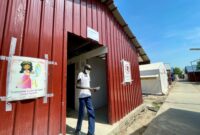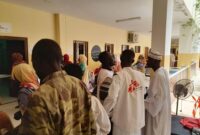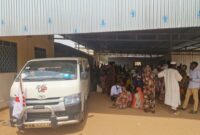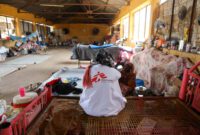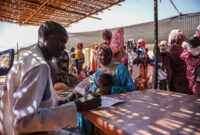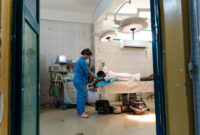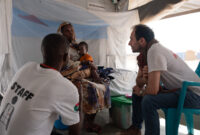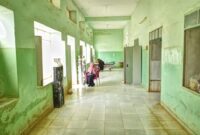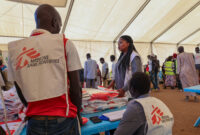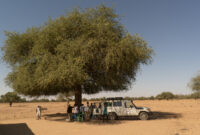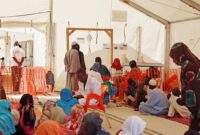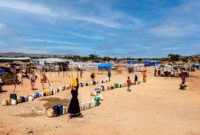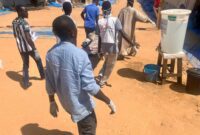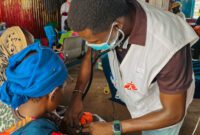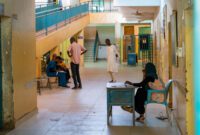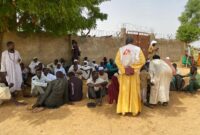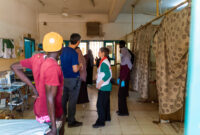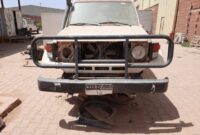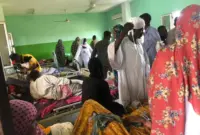“I saw many corpses on my way” – Stories from the massive influx of wounded Sudanese in eastern Chad
By the time the current conflict in Sudan broke out in mid-April, its Darfur region had already been facing war and ethnic violence for over two decades. Today’s fighting – which first erupted in Khartoum between the Sudanese Armed Forces (SAF) and the paramilitary Rapid Support Forces (RSF)—has rekindled fault lines in communities throughout Darfur, particularly the city of El Geneina.
Intense fighting, intercommunal violence, and large-scale attacks against civilians have driven hundreds of thousands of people to flee across the border to Adré, eastern Chad. Like other towns along the Chad-Sudan border, Adré has been struggling to accommodate the rapid, massive influx of refugees as access to food, medical care, and other necessities was already limited before their arrival.
Doctors Without Borders/Médecins Sans Frontières (MSF) teams have been providing care in Adré since 2021, but operations have scaled up significantly over the past three months to expand capacity in local health care facilities and improve the quality of care as large numbers of people continue to arrive from Sudan—often with gunshot wounds and other injuries sustained along the way from El Geneina. In testimonies gathered in recent weeks, many patients said they were victims of Arab militias inside El Geneina and during their flight to Chad. They report being targeted because of their Masalit identity.
“We didn’t expect so many wounded”
At the end of May and beginning of June, the violence intensified in West Darfur. Yet only a few wounded people managed to escape across the border to an emergency surgical unit set up by Doctors Without Borders/Médecins Sans Frontières (MSF) teams in partnership with the Chadian Ministry of Health in Adré hospital.
The sound of explosions and the sight of plumes of smoke were a daily reminder of the fighting taking place just across the border in Sudan. On June 2, a total of 72 wounded patients were treated at the hospital. Most had gunshot wounds and came from the town of Masterei and its surroundings, south of El-Geneina. Upon reaching the Chadian town of Goungour, they received care from Ministry of Health and MSF medical staff and were referred to hospital. At the time, there were reports of hundreds—if not thousands—of injured people unable to access vital medical care in Darfur, with many medical facilities looted, damaged, and lacking staff and supplies. The main road linking Adré to El Geneina, the capital of West Darfur, was closed at the time.
Everything changed on June 15 when people managed to escape to Adré after being stranded for two months in El Geneina. Adré hospital received 261 war-wounded patients on that day alone.
Dr. Papi Maloba, the only MSF surgeon present in Adré at that time, had started the day as usual: after making his round of the patients and selecting those who were to go into the surgical room, he and his team began operating on a young boy.
“Suddenly the calls started: ‘Come on, come on, there are patients arriving from everywhere!'”
“And in the blink of an eye, the hospital was transformed into a veritable camp in less than two hours. We didn’t know where to put the patients who were still pouring in. We knew that if the road to El Geneina opened up—if there were successful negotiations to open up a corridor that would let patients from El Geneina through—more people would be arriving at Adré hospital. We were prepared, but we weren’t expecting so many wounded patients all at once. We thought that the next day would be a bit calmer, that it would allow us to plan things properly. It turned out to be worse: The next day we received close to 400 new casualties.”
People in Adré responded to this massive influx of casualties with many efforts to host and provide medical treatment to the new arrivals. Space had to be made, tents set up, and additional support found. The town’s residents brought food to the patients and refugees. The hospital’s head doctor and paediatric resident lent a hand in the emergency surgical unit, along with several Ministry of Health staff, while the NGO Première Urgence Internationale took care of the so-called “green cases,” in which the patient’s life was not immediately in danger.
858 war-wounded patients in just three days
This influx of casualties at Adré hospital was one of the largest, in terms of volume, that our teams have ever seen, with 858 war-wounded people received from June 15 to 17—including 387 on June 16 alone. Over the following days, the emergency room received an average of 46 wounded patients each day. From June 25 through the end of July, the average decreased to 10 or fewer patients each day.
The vast majority of patients were suffering multiple gunshot wounds, particularly to the abdomen, back, and legs. They were mainly men, with a smaller proportion of women and children. The youngest patient hospitalized was two months old; the oldest was over 70. Seven patients had already died upon arrival.
Around 47 percent of patients were assessed as green cases and were able to walk. About 49.5 percent were classified as “yellow cases,” or those who needed treatment but whose general condition allowed them to wait without critically worsening their prognosis, 3.4 percent were absolute emergencies requiring very quick treatment, classified as “red cases.” Patients with open fractures requiring orthopaedic surgery, which was not available at Adré hospital, were referred to hospitals in Abéché.
The high proportion of “green” and “yellow” cases suggests that it was only those stable enough to undertake the journey to Chad who were able to reach our medical services. Many others in more critical condition were left behind in Darfur.
Between June 15-18, 62 pregnant women received care for gunshot wounds and injuries from beatings and other assaults.
With a few exceptions, the wounded patients at Adré hospital belong to the Masalit ethnic group, a non-Arab Darfuri community that lives in both Chad and Sudan. Before the conflict, there was already a large Masalit community in Adré, which partly explains why those fleeing violence sought refuge there. The stories they share reflect the experience of the Masalit people of El Geneina—an experience that doesn’t represent the whole population of West Darfur or El Geneina.
Testimonies describing violence targeting certain ethnicities
A large number of patients say they were attacked by Arab militias in El Geneina and during their escape to Chad. They report being targeted because of their Masalit ethnicity.
Several testimonies echo similar threats and report recurring attacks in neighbourhoods such as Al Madares, Al Jabal, Area 13, and Al Jamarik, as well as the presence of snipers targeting civilians venturing out to fetch water or supplies.
Other patients recall continued ethnic-based violence on the road to Chad and its dozens of checkpoints.
A variety of factors prompted a large part of the Masalit population of El Geneina to try to flee to Chad in mid-June, after several weeks of clashes and violence: the murder of the governor of West Darfur, Khamis Abakar; escalating threats; and reports of a massacre during an attempt to reach a Sudanese army camp in Ardamatta, an area in the eastern part of the town.
It was the only escape route, but the journey to Chad was nonetheless extremely dangerous. Patients said that they had used various means to get there: on foot, in convoys, and in vehicles whose drivers could guarantee passage for large sums of money. In addition to the risk of being robbed, assaulted, raped, or killed at checkpoints, many patients reported that armed men shot at people fleeing. The town of Shukri is mentioned in several accounts as one of the most dangerous points on the route.
A growing humanitarian crisis
Today, around 200 injured people remain in the hospital in Adré. Some of them will need medical follow up for a long time in order to recover, particularly physiotherapy. At the end of June, MSF set up and started working in its inflatable hospital, including a sterilization and X-ray room and two operating rooms, to improve the available capacity and quality of care.
With the wave of wounded, new refugees from El Geneina also arrived in Adré. According to the United Nations High Commissioner for Refugees (UNHCR), around 130,000 refugees, mainly women and children, have arrived in the town in recent weeks. This sudden increase in the population is generating major humanitarian needs in all areas: medical care, shelter, food aid, water and sanitation, in a place where accessing these needs is already difficult for the local population.
The authorities and the UNHCR estimate that there were 260,000 new Sudanese refugees in eastern Chad in mid-July.
Transit sites are multiplying, and new camps are being set up, including in Arkoum, where MSF has started providing medical care. Some 400,000 Sudanese refugees were already in Chad before this current conflict, having fled their country during the last 20 years. A large amount of humanitarian aid will have to be provided over the long run to support the most vulnerable, whether Chadians or refugees, and help absorb the shockwaves of Sudan’s conflict in an area already marked by food insecurity and lack of access to water and health care.
